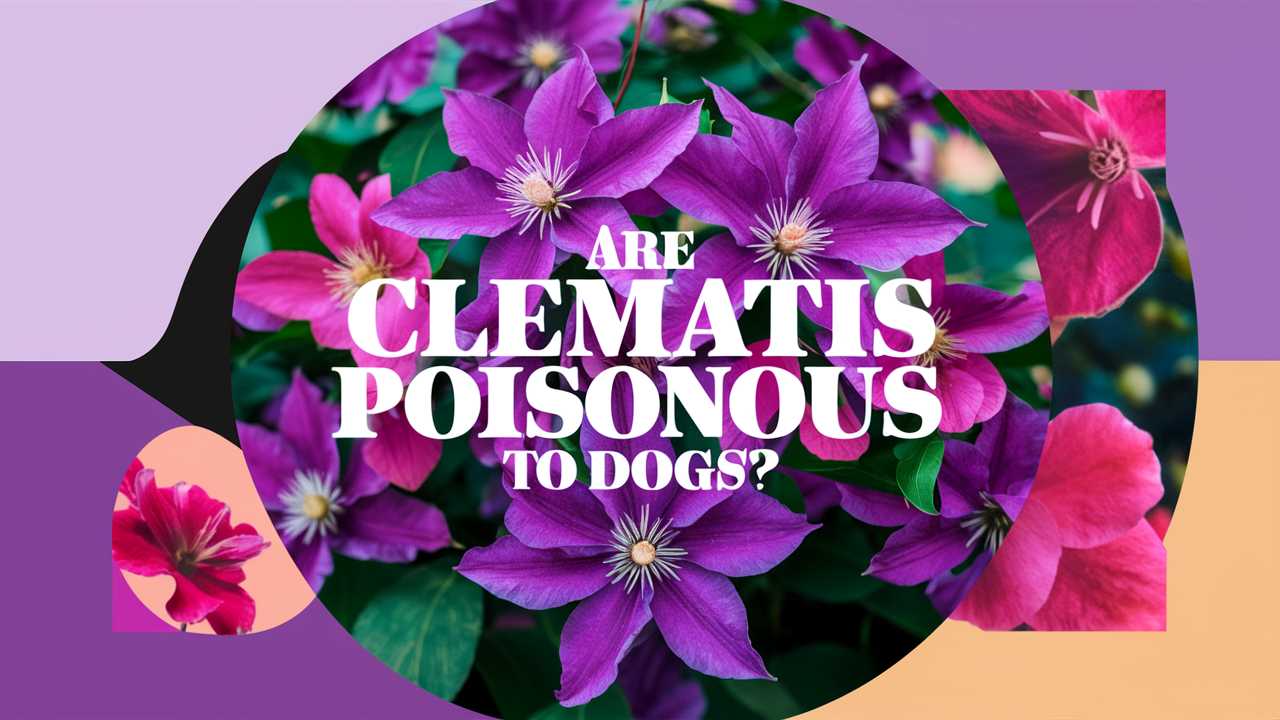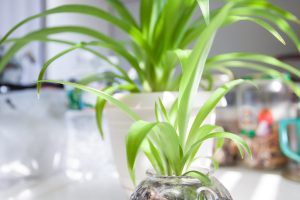When it comes to gardening, many pet owners find themselves in a quandary: which plants are safe for their beloved furry friends? Clematis, with its breathtaking blooms and climbing nature, can be an alluring addition to any garden. However, as enchanting as these plants may be, a common question arises: Are clematis poisonous to dogs?
In this blog post, we’ll unearth the answers to this question and explore various aspects of clematis, focusing on its effects on dogs, ways to enjoy gardening while ensuring pet safety, and alternatives for a dog-friendly landscape.
Are Clematis Poisonous to Dogs?

The Toxicity Factor
The short answer is that clematis is considered mildly toxic to dogs. The plant contains certain compounds that can lead to undesirable effects if ingested. While it’s not classified as a deadly poison, the mere fact that it can cause discomfort should give pet owners pause. If your dog nibbles on part of a clematis plant, it is not guaranteed that severe symptoms will occur, but it’s essential to remain vigilant.
Symptoms of Ingestion
If a dog ingests clematis, it may exhibit several symptoms. Signs of mild poisoning could include:
Vomiting: One of the most common responses as the body tries to rid itself of the foreign substance.
Diarrhea: A potential side effect of any plant ingestion, as the digestive system reacts to the toxins.
Abdominal Pain: Dogs may show signs of discomfort, including whining or reluctance to move.
Excessive Salivation: A dog might drool more than usual as a reaction to the taste or irritation from the plant.
If you notice these symptoms, it’s a good idea to consult your veterinarian for guidance. They’ll be able to assess the situation and recommend whether immediate treatment is necessary.
Severity of Poisoning
It’s important to note that the severity of the symptoms will often depend on the amount ingested and the type of clematis consumed. Not all species of clematis have the same level of toxicity, and some dogs might have a higher tolerance than others. Generally, small amounts of clematis are unlikely to cause severe toxicity, but each dog’s reaction can differ.
Why Dogs Might Ingest Clematis
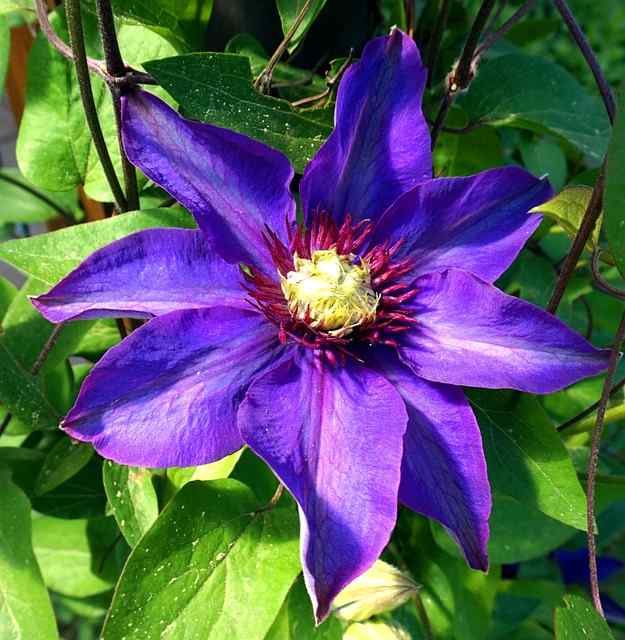
As curious creatures, dogs explore their environment with their mouths. Here are a few reasons why a dog might be drawn to chew on a clematis plant:
1. Curiosity
Dogs are naturally inquisitive, and when they come across new plants, their instinct is to investigate them. A bright, colorful clematis flower can attract a dog’s attention, prompting exploration through tasting.
2. Boredom
A bored dog may turn to its surroundings for entertainment. If a dog doesn’t have enough stimulation from toys or activities, it may resort to chewing on plants, including potentially toxic ones.
3. Nutritional Deficiency
Sometimes dogs may chew on plants to address a nutritional deficiency. This behavior, while not common, indicates that they might be lacking certain nutrients in their diet. If you notice your dog engaging in this behavior frequently, it can be worth a conversation with your vet.
Safe Gardening Practices for Dog Owners
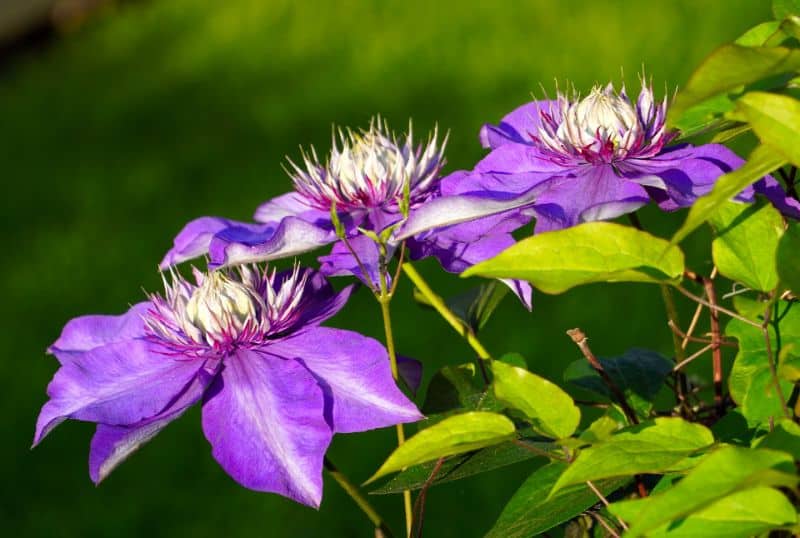
To create a beautiful garden while ensuring your dog’s safety, consider the following practices:
1. Education is Key
Understanding which plants are toxic and which are safe is crucial for any dog owner. Familiarize yourself with the signs of toxicity and make a list of plants that could be harmful to your pet.
2. Plant Selection
When choosing plants, opt for dog-safe varieties and avoid known toxins. There are many stunning plants that do not pose risks to pets, such as marigolds, sunflowers, and non-toxic herbs like basil and parsley.
3. Establish Boundaries
Consider creating designated areas in your garden. You can use fencing, garden gates, or even raised beds to limit your dog’s access to particular plants, especially those known to be toxic.
4. Train Your Dog
Teaching your dog to avoid certain areas or not to eat plants can be a beneficial training tool. Use positive reinforcement techniques: reward your dog for staying away from unwanted plants.
5. Provide Distractions
Offer plenty of toys or engage your dog in outdoor activities to keep them busy and satisfied. Interactive games or toys can divert their attention from nomming on potentially harmful plants.
Alternatives to Clematis
If you love the aesthetic appeal of climbing plants but are concerned about your dog’s safety, consider these alternatives that are generally non-toxic:
1. Jasmine (Jasminum spp.)
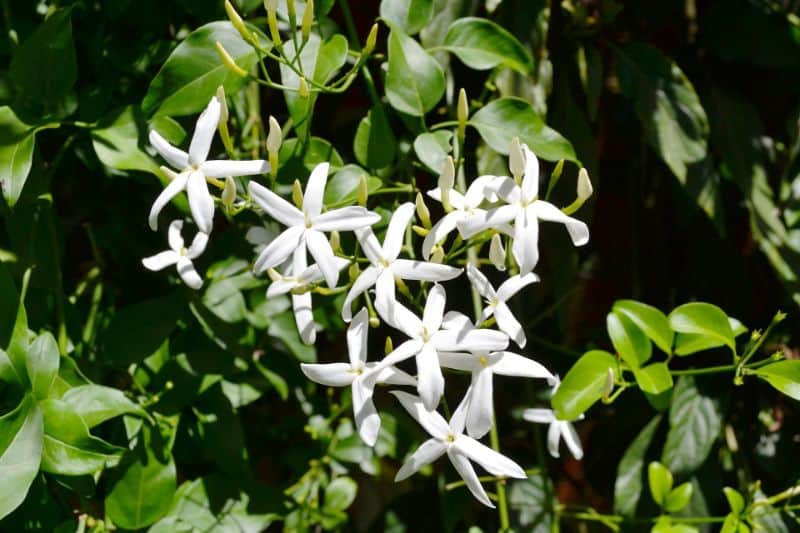
Jasmine plants produce fragrant flowers and thrive in similar conditions as clematis. They can climb and beautify your garden without posing a risk to your dog.
2. Honeysuckle (Lonicera spp.)
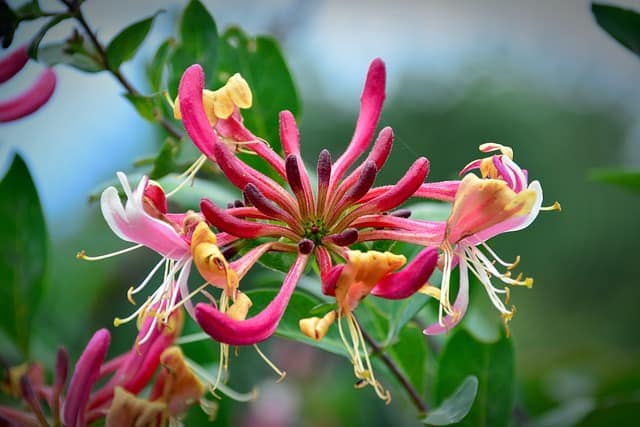
A well-loved climbing plant, honeysuckle attracts pollinators and brings a vibrant touch to your garden. Importantly, it’s not toxic to dogs.
3. Morning Glory (Ipomoea spp.)
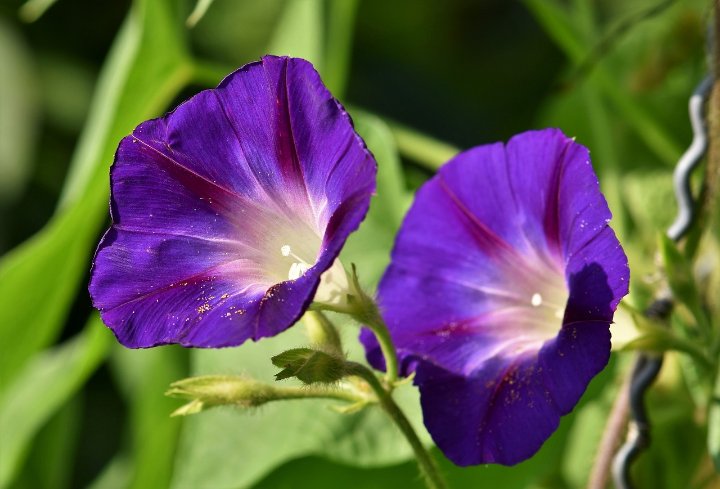
These delightful, twirling vines add splendid color to any climbing arrangement. While morning glory seeds can be toxic in large quantities, the flowering parts are generally dog-safe.
4. Passionflower (Passiflora spp.)
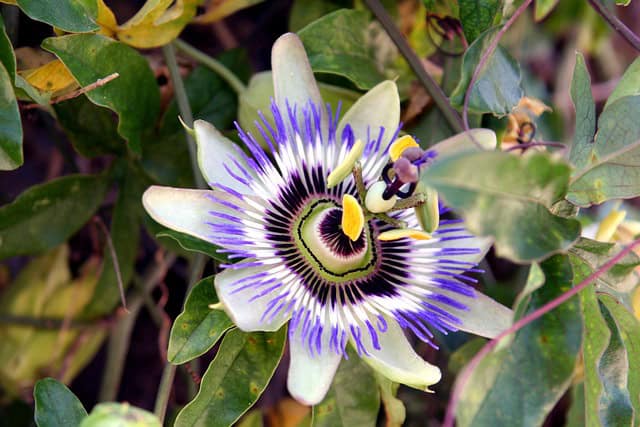
This vine showcases brilliant flowers and provides a unique addition to your garden. They are not known to be harmful to dogs and can flourish alongside your existing plants.
How to Help Your Dog in Case of Ingestion
If you suspect that your dog has consumed clematis or any other toxic plants, take prompt action. Here’s what to do:
1. Stay Calm
It’s normal to feel anxious, but attempting to remain calm will help you respond rationally. Panicking might inadvertently stress out your dog.
2. Identify the Plant
If you can, identify the plant your dog consumed. This knowledge will aid your veterinarian in providing appropriate treatment. Take a picture or bring a sample with you if possible.
3. Contact Your Veterinarian
Do not wait for symptoms to appear. Call your vet immediately for advice. They may suggest monitoring your dog at home or bringing it in for further evaluation.
4. Keep Emergency Numbers Handy
In addition to your veterinarian’s contact, keep the numbers of local animal poison control centers available. Organizations like the Pet Poison Helpline offer round-the-clock assistance.
5. Prepare for the Visit
If you need to take your dog to the vet, gather any information about your pet’s medical history, confirming that it has no other health conditions or reactions to previous treatments.
Signs to Watch for After Ingestion
After a potential ingestion, monitor your pet for any developing symptoms. While some might show immediate signs, others could take time. Keep an eye out for:
Changes in Appetite: A sudden disinterest in food could indicate discomfort.
Behavioral Changes: If your dog appears unusually lethargic or anxious, it may be feeling unwell.
Gastrointestinal Issues: Watch for any persistent vomiting or diarrhea, which may require veterinary attention.
Conclusion
While clematis can add a striking beauty to any garden, it’s vital for dog owners to be informed about the potential risks associated with this plant. Mildly toxic, clematis can lead to uncomfortable symptoms if ingested by dogs. A proactive approach—by understanding plant toxicity, creating safe gardening practices, and being prepared for potential emergencies—will help ensure a beautiful yet safe environment for both gardens and playful pups.


